The New Boss V8
The wait is finally over! The new Boss V8 has arrived at FPV, bigger and better than ever. After months of testing and tens of thousands of kilometres travelled, the new Boss V8 is finally ready to be put through its paces when it goes on sale on Monday 25th October 2010.
Boss 5.0 litre V8
The previous 5.4 litre Boss V8 has done FPV proud and has been instrumental in the revival of the GT nameplate. However as it was unable to meet the strict Euro IV regulations that came into effect on 1st July 2010, a new engine needed to be sourced. Nicknamed "Coyote" the 5.0 litre all aluminium V8 was first seen in North America's Mustang GT in December 2009, however it has been substantially modified in FPV's V8 engine plant in Victoria for the Australian market.
Supercharger
The new Boss V8 has a Harrop/Eaton designed HTV, 1900 front drive supercharger featuring:
* Eaton TVS 6th generation rotor set
* 1.9l per revolution displacement
* Torsional decoupler in supercharger drive shaft for optimised NVH
* PCM controlled inlet bypass valve
* Bypass operation for vacuum and boosted conditions
It contains a new cast aluminium high flow supercharger inlet duct and 75mm electronic throttle body.
The 5.0 litre supercharged Boss V8 comes in 2 variants:
1. GT Engine
* 335 kW (DIN) @ 5750-6000 RPM
* 570 Nm (DIN) @ 2200 - 5500 RPM
GT Engine performance graph
The iconic GT is now better than ever! The GT range consisting of the GT, GT-P and GT E are the ultimate V8 sedans, delivering greater low-down torque and superb power and handling.
2. GS Engine
* 315 kW (DIN) @ 5750rpm
* 545 Nm (DIN) @ 2000 - 5500rpm
The GS nameplate will now take pride of place in FPV's model line-up. The GS is available in both sedan and ute variants and forms the base models in the FPV Euro IV V8 range.
POWERTRAIN SYSTEM TECHNICAL SPECIFICATIONS
Air intake system
* New high flow cold air intake system
* New bonnet sealed open cold air box
* High flow conical filter
Exhaust system
* High flow thin foil technology metal matrix catalysts
* Twin brick catalyst construction
* 140mm diameter, 2.1litre per catalyst assembly
* New cold end exhaust with FPV unique NVH tune
* New quad outlet exhaust system
* Billet aluminium tail pipe finishers
* New mufflers with new FPV tuning code
* PCM controlled active exhaust system (Sedan only) to deliver:
o Refinement and comfort for part throttle cruising applications
o Maximum V8 sound quality at idle and car manoeuvring
o Maximum V8 muscle car sound quality during spirited driving
Fuel system
* New high flow fuel pump
* New two piece stainless steel fuel rail assembly
* 4 Bar pressure return system
* New high flow fuel injectors for:
o Increased flow range
o Optimised targeting for EU4 emissions
Vehicle Cooling System
* Brand new high efficiency radiator and fan pack assembly
* Twin variable speed fans
* New high efficiency automatic trans oil cooler system
* New engine oil cooler and cooling system
* Engine inlet thermostat control
* New vehicle heater circuit
Automatic Transmission
* Upgraded ZF 6HP26 transmission
* New 7 plate clutch pack and 4 planet planetary gearset for improved torque capacity
Manual Transmission
* Tremec TR6060 with new bell housing to suit new clutch system. Revise 2nd gear synchros for reduced shifting efforts
Clutch
* ZF twin plate clutch common with Mustang GT500. New clutch release bearing common with Mustang GT500.
fpv.com.au





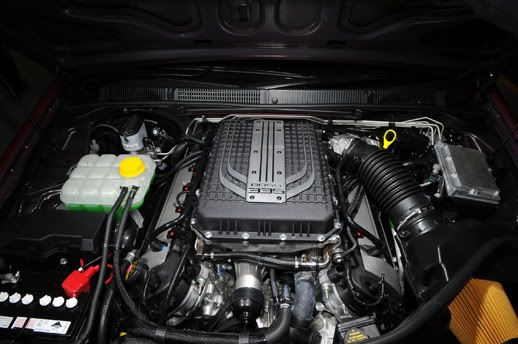
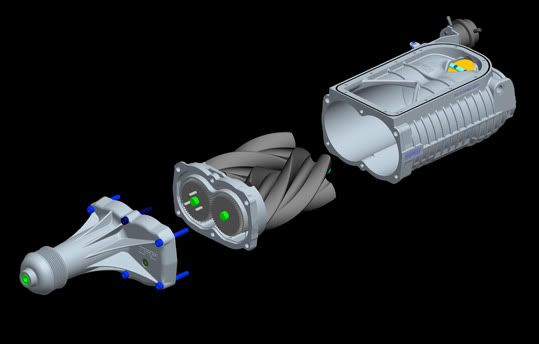
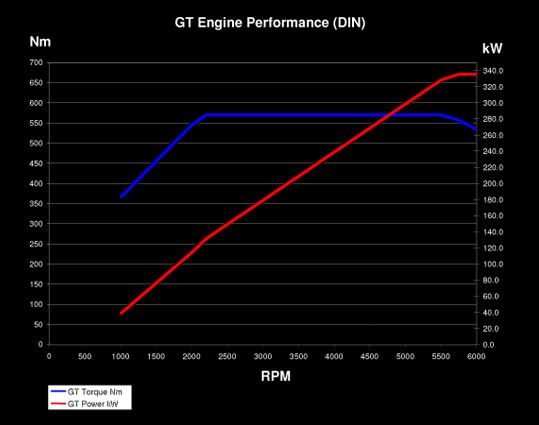
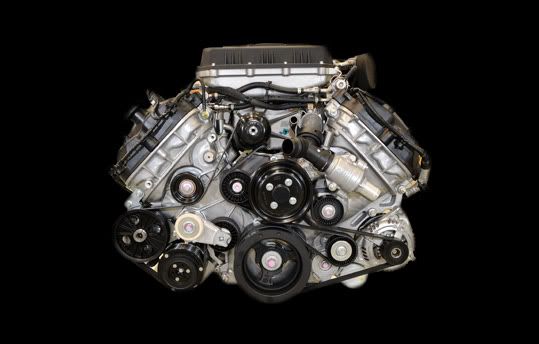
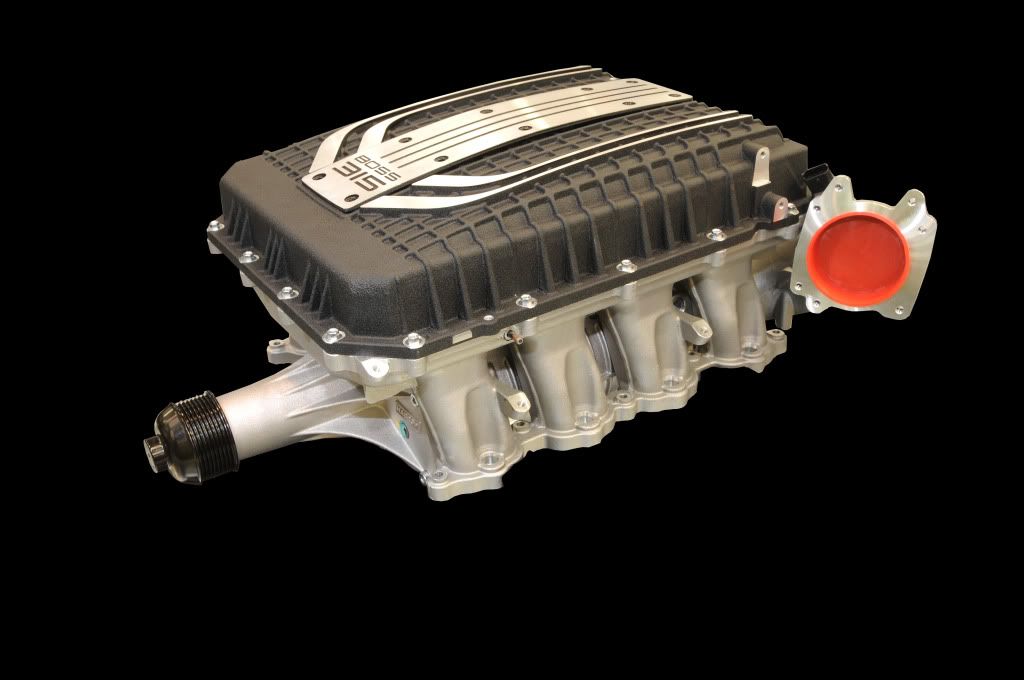
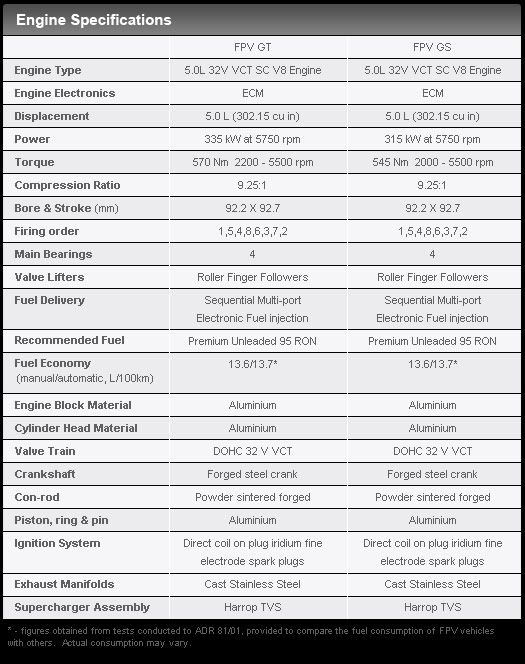


 Reply With Quote
Reply With Quote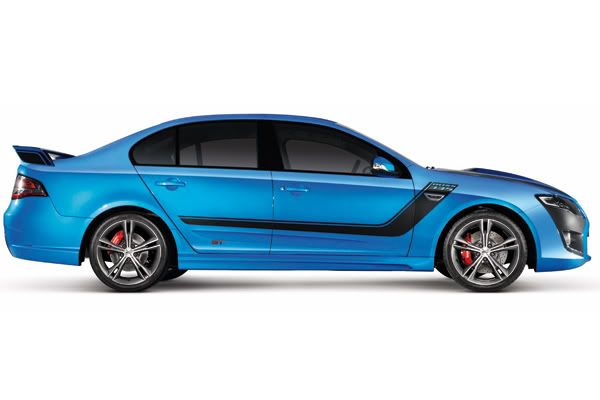
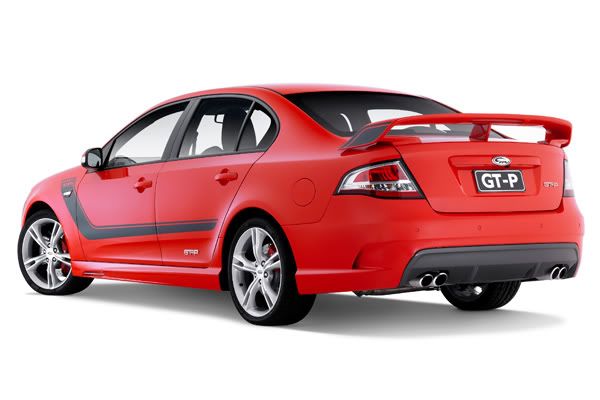
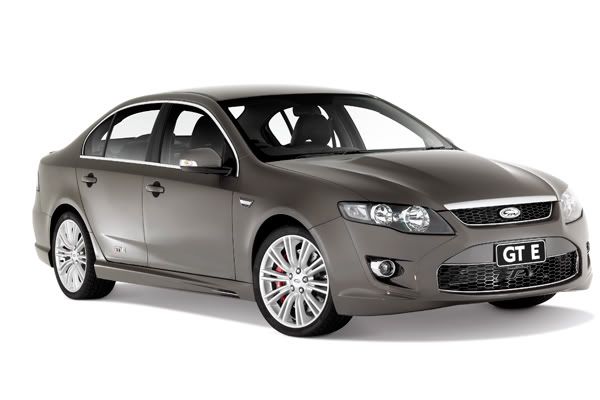
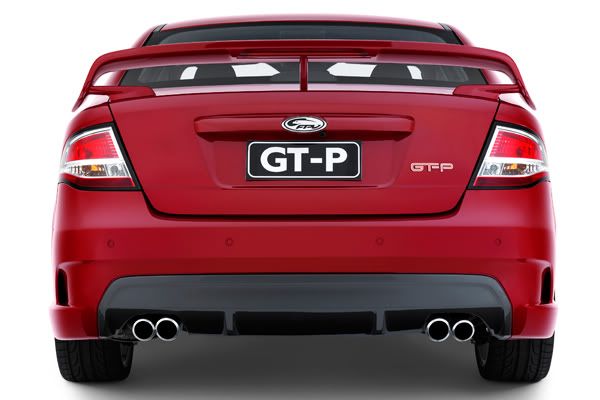
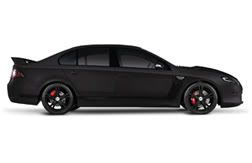
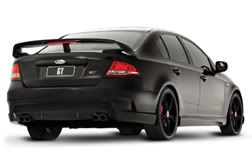
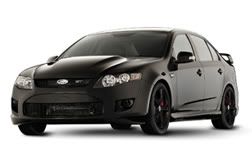
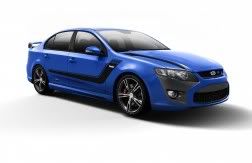
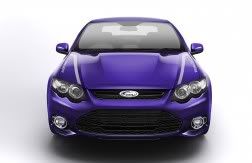
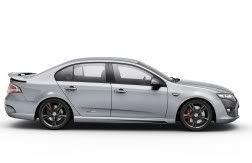
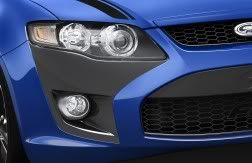
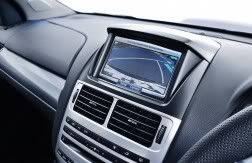

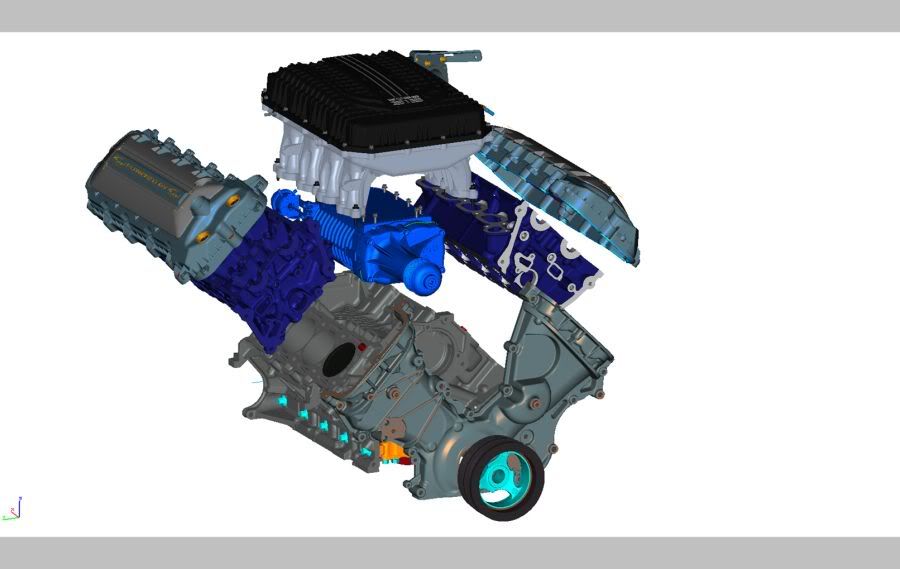

Bookmarks